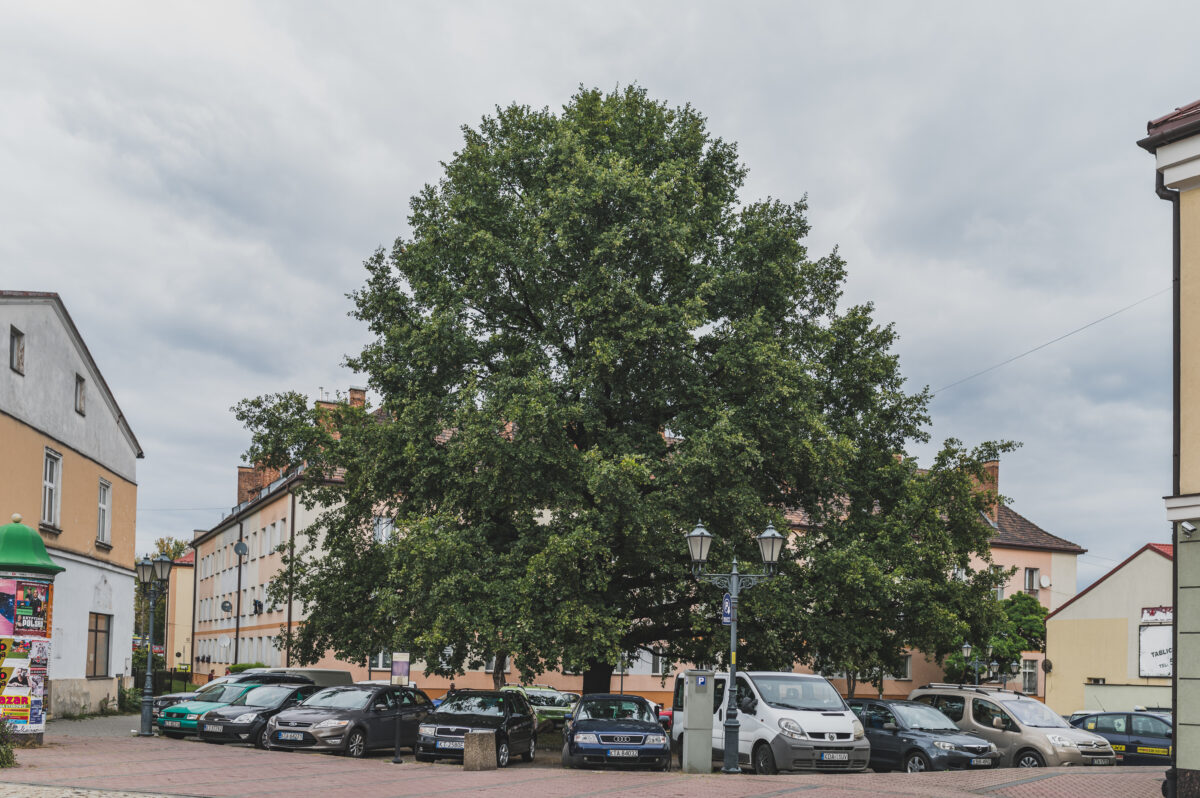The very name of the square where we are standing now points to its connection with the Holocaust. Although today there are no traces of it, one of the gates leading to the Tarnów Ghetto was located at this very place. All Jews in Tarnów were ordered to move to the eastern part of the city in March 1941. Germans also began to deport Jewish communities from the surrounding towns and villages to the Tarnów Ghetto. The population of this ghetto — which was still ‘open’, that is, without visible borders — reached 40,000. After the mass murders and deportations to the death camp in Bełżec, which took place on 11–19 June 1942, the ghetto area was significantly reduced and also fenced off.
This is how Gizela Fudem, a Holocaust survivor from Tarnów, remembers it:
Before the first ‘action’ [in June 1942], the ghetto was not yet closed, and our house was in the ghetto area. But after this action, the ghetto was reduced and surrounded by a fence, and the house we lived in was then outside the ghetto. So we had to move. First to my grandfather’s for a week or two. Later even my grandfather’s house ended up outside of the ghetto borders, and we moved to the area near the destroyed synagogue. There we lived above the bakery, also in a two-storey house: two large families in a two-room apartment. The second family were the Franks, whom we did not know before; we met them only then, in the ghetto.
The Jewish population living in the ghetto of Tarnów was subjected to daily persecution, deportation and execution. Overpopulation, lack of food and dire sanitary conditions were also the means used by the Germans to murder the Jews of Tarnów. The ghetto was liquidated in March 1943, when most of its inhabitants were transported to concentration camps in Szebnie, Auschwitz-Birkenau and Plaszow in Krakow.
